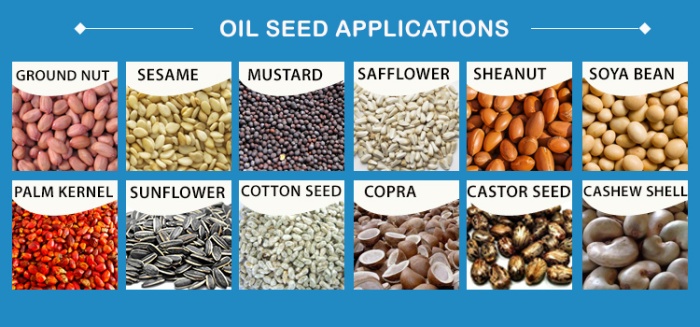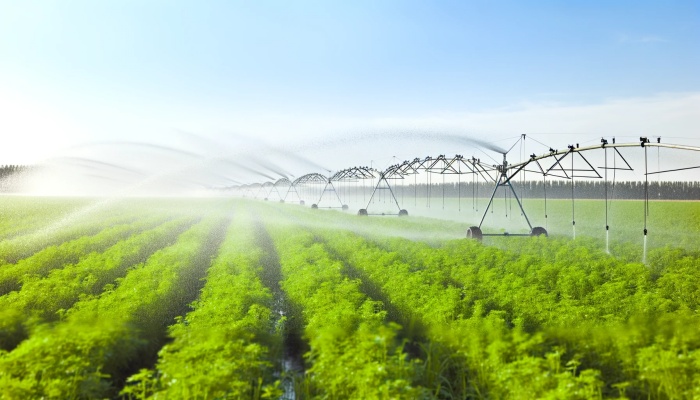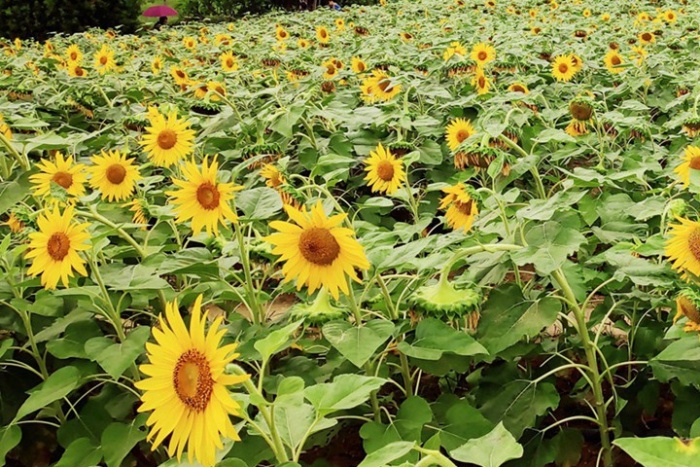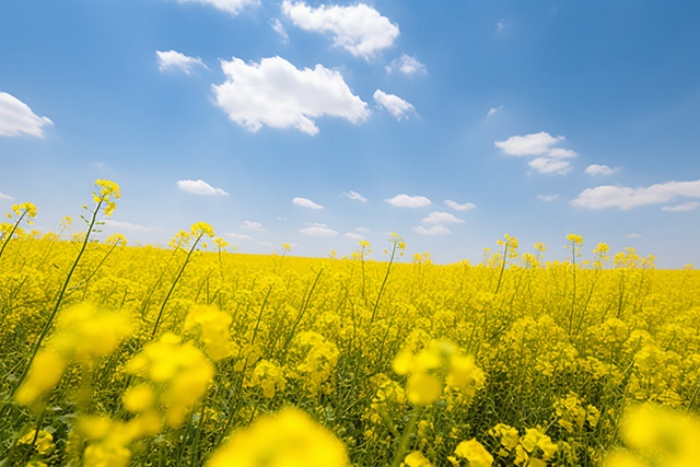As a grower looking to improve oil yield from your oilseed crops, your primary goal is to maximize the yield and quality of your oilseed crops—whether soybeans, rapeseed, sunflower seeds, or palm fruits. This requires a comprehensive consideration of genetics, agronomic practices, and environmental management. To help you achieve better returns and more resilient harvests, you can take the following strategies to increase oil yield of oilseed crops.
(1) Select High-Yielding Varieties: Choose or develop high-yielding and high-oil content varieties through genetic breeding. Biotechnology has enabled the development of genetically modified (GM) crops that are resistant to pests, diseases, and environmental stressors, which can increase overall yields.
(2) Prioritize Disease-Resistant Varieties: Use disease-resistant seeds to reduce crop loss and ensure consistent oil production. Plants prone to diseases will produce lower yields and lower oil content.
(3) Consider Drought-Tolerant Varieties: Select varieties with drought resistance or tolerance to high temperatures, especially in regions with variable weather conditions, to ensure a stable yield.
 Various oilseed crops
Various oilseed crops
(1) Soil Testing and Fertilization: Conduct regular soil tests to determine nutrient deficiencies and better tailor your fertilization plan. Proper fertilizer management with the right balance of nitrogen (N), phosphorus (P), and potassium (K) will promote healthy oilseed crops growth and high oil yield.
(2) Micronutrients: Ensure that micronutrients like zinc, boron, and magnesium are adequately supplied, as they play critical roles in oilseed crops development and oil content.
(3) Enrich Soil Organically: Improve soil organic matter and structure by using cover crops or compost, which can increase soil fertility and water retention, leading to better oilseed crops growth and higher oil yields.
 Health soil
Health soil
(1) Optimize Irrigation: Proper irrigation practices are crucial for maintaining consistent oilseed crops growth. In regions with erratic rainfall, drip irrigation or sprinkler systems help maintain a steady water supply.
(2) Conserve Moisture: Use techniques like mulching or soil moisture retention methods to reduce water loss and prevent oilseed crops stress due to water shortages, especially during critical growth stages.
 Sprinkler systems
Sprinkler systems
(1) Crop Rotation: Rotating oilseeds with other crops like legumes or grains helps prevent soil degradation, pest buildup, and nutrient depletion, ensuring better yields in subsequent seasons.
(2) Intercropping: Growing oilseed crops alongside other crops, like legumes, can improve soil nitrogen content, reduce pest pressure, and enhance biodiversity.
(1) Adopt Integrated Pest Management (IPM): Use biological, cultural, and chemical control methods to reduce pest damage, which can significantly impact oil yield. Regularly monitor for pests like aphids, whiteflies, and fungal infections that can affect oilseed crops health.
(2) Stay on Top of Weeds: Weeds compete for nutrients, water, and sunlight, reducing oilseed crops yields. Implement effective weed management strategies, including the use of herbicides, mechanical weeding, and mulching.
(1) Follow Recommended Spacing: Proper oilseed crops spacing is essential to avoid overcrowding, which can lead to reduced light and nutrient availability.
(2) Time Planting Carefully: Adjust planting time to match the crop's growth cycle and the local climate. Planting at the right time minimizes competition from weeds and maximizes growth potential.
 Sunflower seed planting
Sunflower seed planting
(1) Improve Tillage and Root Conditions: Use appropriate tillage practices to prepare the soil for planting and improve root penetration. Avoid excessive tillage, which can lead to soil compaction.
(2) Use Pruning: For crops like oil palm and sunflowers, regular pruning and maintenance help direct the oilseed crops’ energy towards seed and oil production.
(3) Consider Plant Growth Regulators (PGRs): The application of PGRs can enhance oilseed crop growth, improve fruit setting, and increase oil content.
(1) Temperature Control: Maintain an optimal temperature range for oilseed crops growth. For example, canola prefers cooler temperatures, while sunflower and soybean thrive in warmer conditions. Protect crops from extreme temperature fluctuations during flowering and seed formation.
(2) Maximize Light Exposure: Ensure that oilseed crops receive adequate sunlight, especially during the critical flowering and fruiting stages. Proper plant canopy management can help optimize light penetration to lower leaves, boosting photosynthesis and oil accumulation.
 Oilseed crops that receive ample sunlight
Oilseed crops that receive ample sunlight
(1) Proper Harvesting: Harvest oilseeds at the correct maturity stage to maximize oil content. Late or early harvesting can lead to lower oil quality and yield. Oilseeds should be harvested when the seeds are fully mature, and the moisture content is low enough to avoid spoilage during storage.
(2) Avoid Over-ripening: Overripe seeds can lead to reduced oil content and a higher likelihood of contamination, so precise monitoring is necessary.
(1) Store Oilseed Crops Correctly: Ensure that harvested oilseed crops are stored properly to prevent spoilage, pest damage, or loss of oil content. Oilseed crops should be stored in cool, dry environments to maintain their oil quality.
(2) Use Efficient Extraction Methods: Use advanced extraction techniques, such as cold pressing, to maintain higher oil quality and yield. Also, minimizing post-harvest losses due to improper handling, drying, or storage is crucial.
By combining these strategies, you can significantly boost yields, improve oil yield of oilseed crops, and ensure sustainable production of oilseeds. If you would like to learn more about how to increase oil yield of your oilseed crops, please contact Henan Glory!